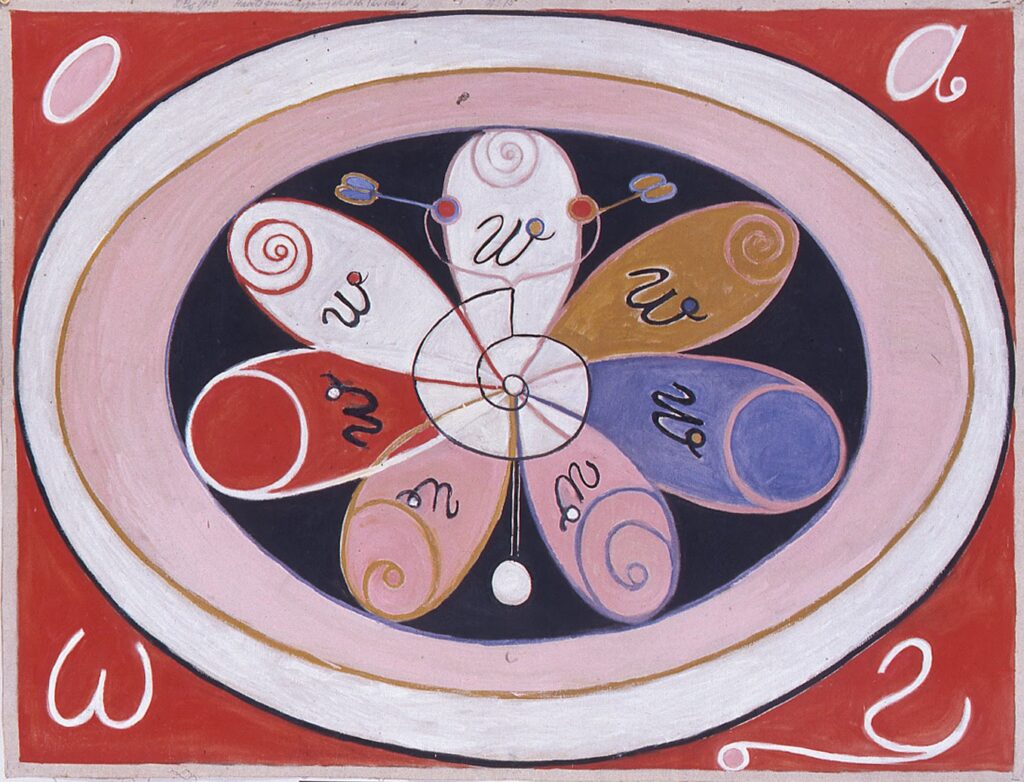Bringing Shame Sensitivity into Dialogue
What does shame mean to you? How and where does it come up in the dialogues you have with yourself and with others?

Shame lives in both the form and the content of dialogue. It is a sticky and hard emotion that can change how people talk to each other and what they say—the form of dialogue. For instance, sometimes a person will choose to back a comment that might lead them to feel shamed by others. Alternatively, someone might regret or apologize for a comment they made that accidentally shamed someone else. But shame itself is also something that is hard to talk about—it is an often-hidden topic that can hum under the surface of what we say. I suggest that it is valuable to make shame more explicit in the content of dialogue, both because of how much it can hurt individuals and how it can alter what is said or is considered acceptable to say.
I have been thinking about the role of shame in dialogue and expression as part of a larger project conceptualizing shame in educational spaces, and with the support of a fellowship from the University of California National Center for Free Speech and Civic Engagement. We each have our own relationship to shame, our own histories feeling or witnessing shame, and our own perspectives on where shame fits in dialogue. Many of us agree, though, that shame is in its own way taboo: to admit to shame is challenging, to work through it is even more challenging, and to witness someone else being shamed can itself be painful.
I think about shame as a feeling of negative judgment from the self or from others. Shame is a “big” feeling; it can take over other related feelings and make the negative judgment all encompassing. Shame makes us feel terrible about who we are and what we contribute in discussions. That does not mean that feeling shame itself is shameful—it is a human experience that arises in response to many complex situations. It can also help us identify our own values or perspectives in the classroom vis-à-vis others—in other words, what one person thinks is shameful, another person may think is no problem at all. But we need to find more and better ways to respond to and think about shame, because keeping it hidden in the shadows can be personally painful and can keep individuals from connecting more openly with others in dialogic relationships.
I suggest the following guiding notes for managing and responding to shame in dialogue-based classroom settings:
- We recognize that shame is often a part of learning because learning requires grappling with mistakes or perceived failures.
- Learning itself should not be shameful, but in recognizing the complexities of admitting mistakes, asking for help, or moving through setbacks we must recognize the hard feelings that come along.
- We reduce active shaming in the classroom/community.
- Shaming of others—no matter your relationship to them—is likely to preclude meaningful connection and dialogue. Instead of ‘punishing’ perceived wrongdoers with shame, dialogic practices can help mend broken relationships or reach across disagreements.
- We recognize that shame can arise from active shaming and/or from past experiences and/or from an individual proneness to feeling shame.
- Because persons have different relationships to and histories with shame, we can go into dialogic relationships with no expectations about what others consider shameful or where and how they experience shame. Instead, we can make space for the many sources of shame and recognize.
- We acknowledge that shame often intersects with bias, prejudice, or experiences of marginalization.
- Shame does not exist in a vacuum. Shaming can often intersect with bias and prejudice against certain groups, who are made stigmatized. This dimension of shame goes beyond the need to address feelings of shame in relationship to dialogue, and calls us to reckon with the structural forces that influence individual wellbeing and feelings of belonging in dialogic spaces.
- We recognize that shame is part of maintaining social relationships.
- Shame is a natural part of human life and one of the ways that persons learn to self-regulate and to respond to the needs and feelings of others. Our aims are not to eradicate shame but to attend to its painful dimensions and focus on ways to address disagreements or breaches in discussion without blaming and shaming.
- We acknowledge that shame can be very taboo to discuss, and may be relevant even when not explicitly named.
- Because shame is so hard to name, in dialogue practices, we can hold space for the ‘absence’ of shame, and can use cognate terms (like guilt, stigma, and embarrassment) to talk through hard emotions in the classroom.
Shame means many different things to many different people. Shame itself is nothing to be ashamed of, but it takes work to bring it into the open, to recognize the ways that it may change the form and content of our dialogic relationships and practices, and to think actively about what shame and shaming mean in our own contexts.
In your classroom, what does shame mean? How and where does it act on the content and form of conversation? How and where would it ideally act in dialogue?
The resource that accompanies this reflection titled Shame Sensitive Dialogue: Strategies for Liberating Speech is aimed mostly at educators and facilitators of intentional dialogue. However, the content should be accessible to university students or anyone who is curious to explore the myriad ways that challenging, complex emotions shape dialogue and the relationships we build through dialogue. For those who are eager to read more about the impacts and influences of shame in education, I always recommend bell hooks’ article, “Moving Through Shame,” which powerfully illustrates how shame can undercut self-confidence and deepen wounds of marginalization. This resource and my work has been deeply influenced by the scholarship of Luna Dolezal and Matthew Gibson, whose paper on shame-sensitive practice provides an (accessible) academic approach to reckoning with shame in organizational settings, like within the university.
The opposite of shame is not shamelessness, but a mutual feeling of belonging, invitedness, and openness to others. Shame and our responses to shame are not one-size-fits-all—through expanding the conversation around it, we can paint ever more colorful pictures of the emotional life of dialogue, and bring more perspectives and experiences into the conversation.
hooks, bell. “Moving Beyond Shame.” In Teaching Community: A Pedagogy of Hope. Routledge, 2003, pp 93-103.
Dolezal, Luna, and Matthew Gibson. “Beyond a Trauma-Informed Approach and towards Shame-Sensitive Practice.” Humanities and Social Sciences Communications 9, no. 1 (2022): 214. https://doi.org/10.1057/s41599-022-01227-z.
Penelope Lusk is a Ph.D. candidate in education, culture, and society at Penn GSE.




